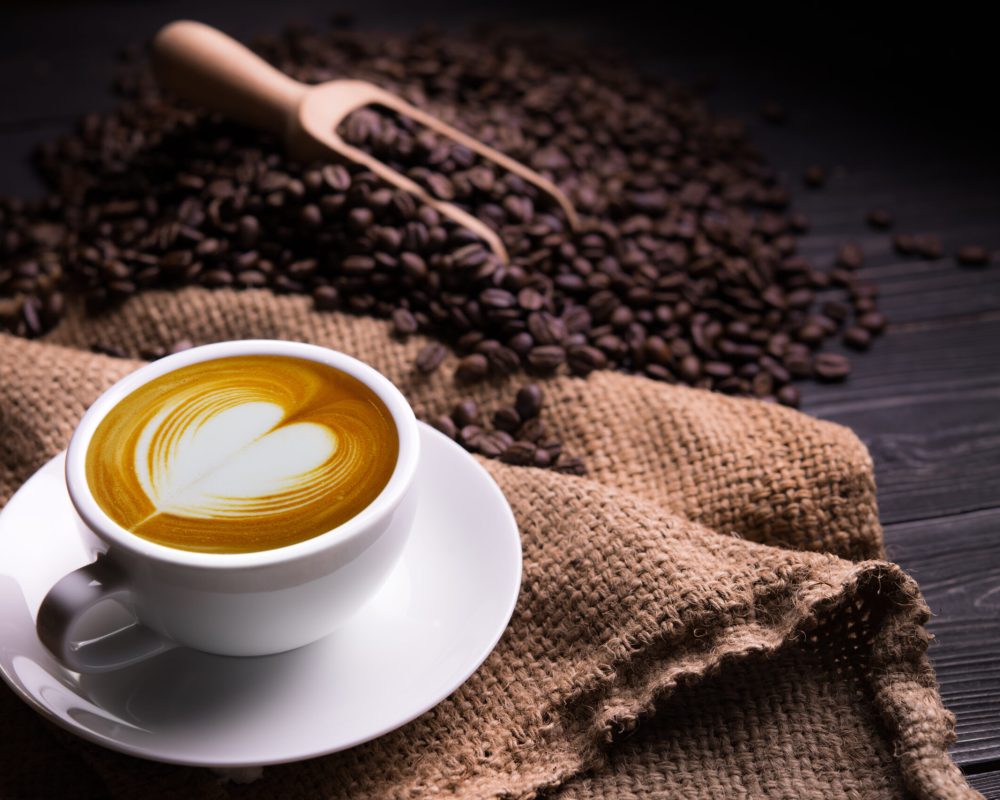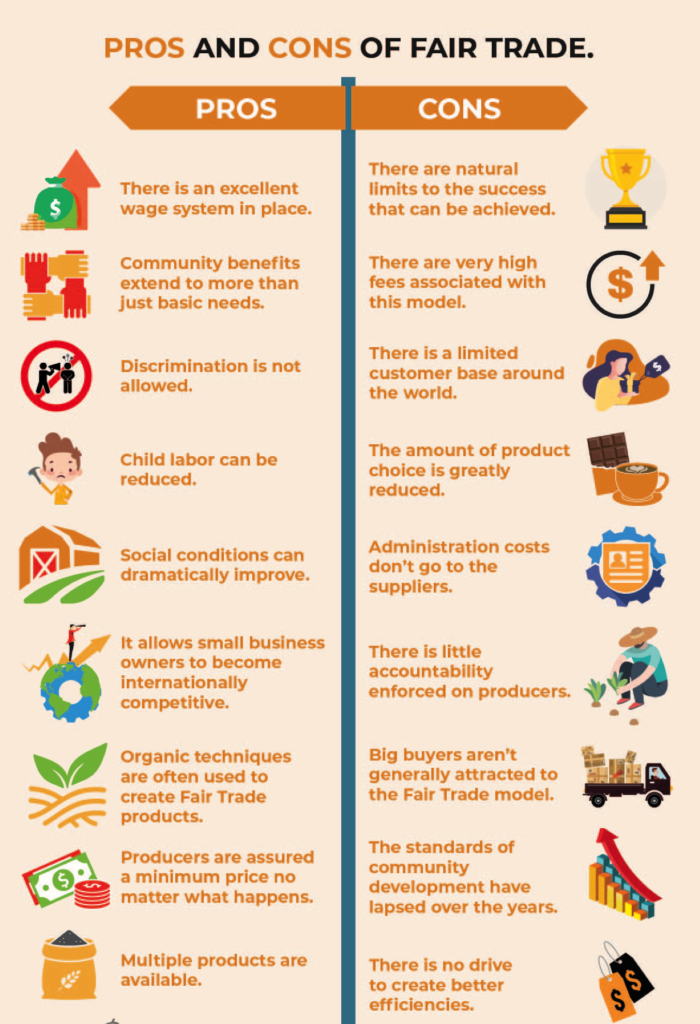
Who benefits when you pay a little more for your cappuccino?
Pros and cons of Fair Trade

… and is it worth it?
The two main stumbling blocks are one, that it is hard to know that the product for which you are paying more is indeed a Fair Trade one, and two, not many customers are prepared to pay more. Both, according to a recent article on the BBC, are changing. It looks at coffee:
“My parents were coffee growers, I am a coffee grower, I have known how to handle coffee since my birth,” says Faustin Mulomba, from Bweremana in the west of the Democratic Republic of Congo (DR Congo).
While Mr Mulomba’s family has a long history in coffee production, the introduction of new technology has changed the way he looks at the business.
Now, when beans from his co-operative are sold to Nespresso, the company uses sophisticated data capturing and storage methods – including blockchain technology – to track the beans as they move from the farm to the customer.
Shalini Unnikrishnan, is managing director and partner at the Boston Consulting Group (BCG), which supports a variety of projects working on food tracing, including at OpenSC. She says consumers are increasingly willing to change their food shopping habits for more sustainable products, including paying more money for certain items.
So, what do customers think?
German management consultant, Thomas Kunze, is a coffee lover who enjoys buying locally-sourced beans on his international travels. Quality and sourcing from interesting locations is important to him. He recently bought some limited edition coffee pods that display the traceability tool.
When Mr Kunze scans the package’s QR code, he sees which area, or cooperative, his coffee came from, including the profiles of some of the farmers and whether they have been paid for their produce.
Coffee prices
| Year | Average; Closing Price | Year Open | Year High | Year Low | Year Close | Annual; % Chan… |
| 2022 | $2.3426 | $2.2330 | $2.5835 | $2.1115 | $2.2760 | 0.66% |
| 2021 | $1.6933 | $1.2615 | $2.4985 | $1.2090 | $2.2610 | 76.30% |
| 2020 | $1.1138 | $1.2710 | $1.3400 | $0.9365 | $1.2825 | ‑1.12% |
The key issues are: is the extra cost of Fair Trade worth it for you? At what point does it stop being worth the extra cost? The first question will be answered by market research: does your market consider the additional expense value for money? Using your Forecast 5 budgeting and forecasting program can answer the second one.
How Forecast 5 can help
It uses three main stock record types, and all entries via these records initially land up on the balance sheet. Cost components are assembled in a Stock on Hand record – as many as you wish – to build up the budgeted value. These could be raw materials, overheads, wages or whatever other components are involved (including time charges if required). The records differentiate by unit numbers and value, leading to total stock cost and average cost per unit. The programmers at Forecast 5 are working on a tie in to achieved results with a new variance analysis that will enable you t track key coffee performance indicators, along with all other variables.
About coffee
Arabica coffee it is the world benchmark for coffee futures contracts that trade on the Inter Continental Exchange (ICE). Arabica accounts for 75 percent of the world’s production and is mostly cultivated in Brazil (40% of the world’s total supply) and Colombia. Robusta account for the remaining 25% and is mostly produced in Vietnam (15% of global supply) and Indonesia. Other major exporters include: Peru, India, Uganda, Ethiopia, Mexico and Cote Ivoire. Robusta is the coffee bean that is popular in Europe and espresso coffees while Arabica beans are popular in the United States.
